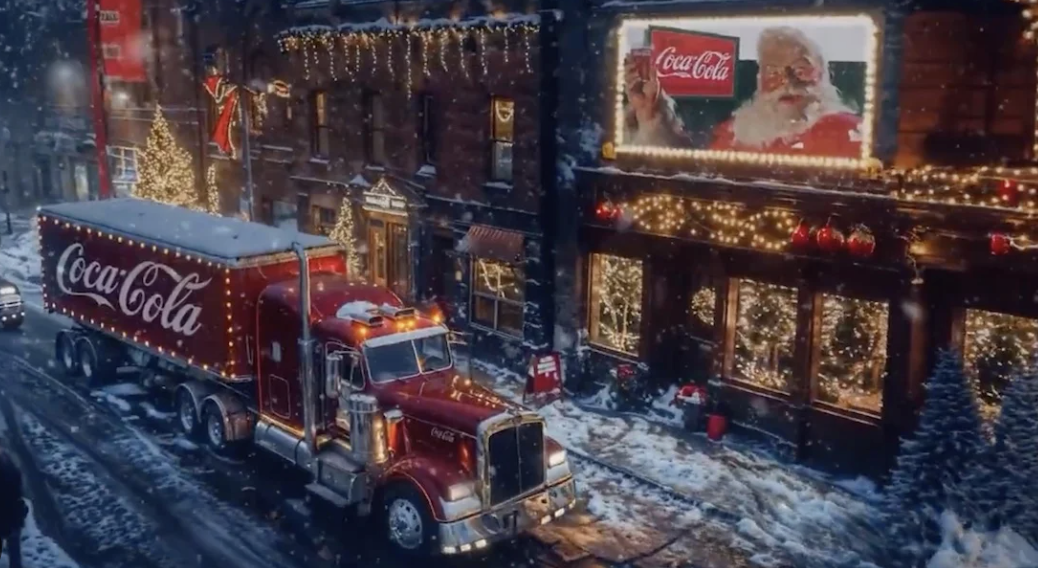Optimizing Travel Content for AI Search
How Travel Marketers Can Win the AI Search Game
If the last few years were about getting found on Google, the next few are about getting *chosen* by AI. Microsoft’s latest piece on optimizing for AI search answers confirms what many of us in travel marketing already feel search isn’t disappearing, it’s evolving. And for destinations, hotels, and attractions, that evolution means this: if AI can’t easily understand and summarize your content, it will skip you.
Microsoft has been much more transparent when it comes to the search game, so let’s unpack what Microsoft’s guidance means for the people trying to sell experiences, not just keywords.
AI Doesn’t Search, It Synthesizes
For some context (that you likely know) traditional search shows ten blue links. AI search *builds* an answer blending data from multiple sources into a single response.
That means you’re not fighting for a rank anymore; you’re fighting for inclusion. Microsoft shared that AI referrals to top sites are up 357% year-over-year, and the brands benefiting most are the ones structuring their content so AI can easily “lift” it. Which means this is the week to look at your content and see how easy it is to lift and if AI were to take it somewhere, would a traveler be able to make sense of it?
Make Your Content Machine-Readable Without Killing the Vibe
Your page still has to work for travelers people looking for connection, value, and reassurance but it also has to be scannable for machines.
That starts with simple structure:
– Keep your title, H1, and meta description aligned and natural.
– Use H2s that label what’s inside (“Best Time to Visit,” “Where to Stay,” “Cost Breakdown”).
– Add Q&A sections wherever possible. A question like “When’s the best month to visit Sedona?” followed by a short, direct answer is catnip for AI.
There is a phrase you will hear a ton in the AI space, that phrase is semantic chunking. This is the idea that each section of your blog, whitepaper, or other written content doesn’t need the section before or after in order to be understood. This shift is writing for machines is paramount for being found by AI.
Schema Isn’t Optional Anymore
AI doesn’t just crawl the web it puts it into categories.
Add structured data (schema) for hotels, attractions, or itineraries. Labeling your content tells AI systems exactly what it is and where it fits. For example:
– A hotel listing should include amenities, pricing, reviews, and geo coordinates.
– A destination guide might use “TouristAttraction” or “FAQPage” schema.
This isn’t just technical SEO. It’s translation helping your content speak the same language as the systems deciding which brand travelers see first. If technical SEO is not something you are familar with, Schema.org has an incredible breakdown to help you out.
Clarity Wins Over Cleverness
We all love a good travel story, but AI doesn’t get your metaphors. It gets your structure, tone, and clarity.
Use short sentences. Answer questions directly. Keep each section self-contained so it makes sense out of context (remember semantic chunking) because AI search might lift a single paragraph or sentence into its final answer.
And avoid saying “as mentioned above” or “see below.” AI won’t.
Your copy should read like a guide who knows the route: clear, direct, but still human. While we have been saying this next part for a year it is worth repeating in the context of the Microsoft article, please ditch all the jargon because it never helped the traveler and will only confuse the AI.
Remember the Foundation Still Matters
You can’t get pulled into AI answers if your site isn’t crawlable. Traditional SEO links, site speed, alt text, internal structure still forms the base layer. AI sits on top of that foundation. Do not ditch traditional SEO at this point, this is a call to do both at the same time. Understand how AI is causing search to evolve and how traditional SEO is the baseline by which all of this is built upon.
The difference now is that being ranked isn’t enough. You need to be readable, liftable, and trustworthy.
The Takeaway
AI is the biggest shift in search since mobile and it’s happening faster than you imagine. For travel marketers, this isn’t about chasing algorithms; it’s about designing content that feels good to humans and makes sense to machines. The future of travel discovery isn’t ten links deep. It’s one synthesized answer, built from your best work.
The best time to start is now.
Learn more about how we can help you adapt to the evolving marketing landscape and ramp up your efforts.
Share This Story
November 13, 2025
Drop the Beat How often do you think about rhythm? Or, put differently, how often are you and your team paying attention to pattern recognition? This time of year makes it obvious: the visual shift from green to amber to white, the cultural cadence from back-to-school to Halloween to Thanksgiving to Christmas, Kwanzaa, and Hanukkah. Spotting cultural patterns is the [...]
November 13, 2025
The Holidays Are Coming This month Coca-Cola debuted its holiday ad and reportedly used 70,000 AI prompts to bring it to life. That number is technically true, but deeply misleading. It wasn’t 70,000 prompts; it was 70,000 AI clips stitched together, generated through what was likely hundreds of thousands of prompts, refinements, reruns, and scene rebuilds. This is the second year [...]
November 11, 2025
The most critical question for every travel marketer is often the hardest: How should you split your budget between awareness and conversion? There's no magic number—the answer must be driven by your destination's unique strengths and goals.





 Ad Choices
Ad Choices